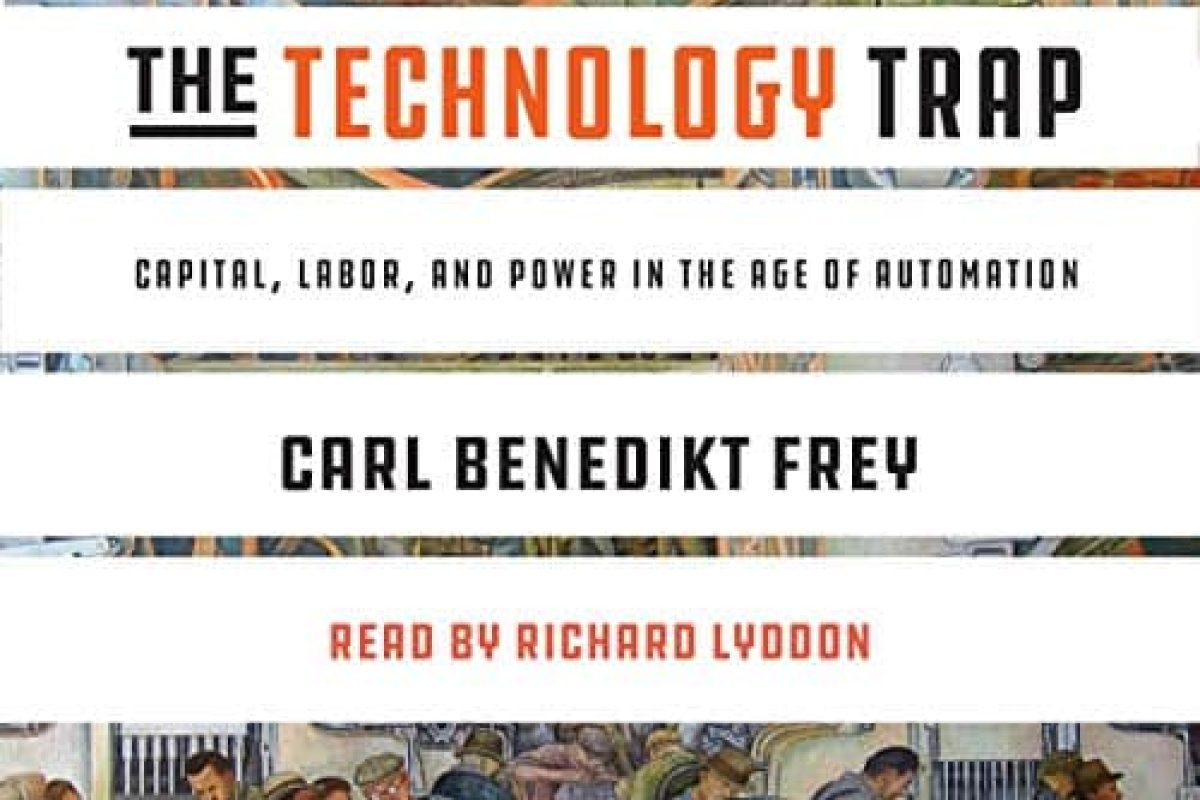In “The Technology Trap: Capital, Labour and Power in the Age of Automation,” Carl Benedikt Frey provides a sweeping historical analysis, aiming to contextualize the current technological advancements and their impact on labor and society. Frey, well-known for his expertise in economics and technology, posits that the consequences of automation are not inherently good or bad; rather, they are shaped by the social and economic contexts in which they occur.
The book’s unique strength lies in its historical depth. Frey meticulously chronicles technological disruptions from the Industrial Revolution to the Information Age, examining how these shifts have both empowered and marginalized different segments of society. By doing so, he dispels the simplistic notion that technological progress inevitably leads to widespread prosperity. This nuanced understanding allows for a more thoughtful discussion on the complexities of automation and artificial intelligence in our current age.
Frey argues that the benefits of technological advancements are not uniformly distributed and often concentrate in the hands of capital owners, thereby exacerbating inequality. He expands on how technology can either complement labor, thereby enriching jobs and elevating wages, or replace it, leading to job loss and social dislocation. It’s not technology per se, but the political and economic systems surrounding it, that dictate its societal impact.
However, one could argue that while the book excels in its historical analysis, it falls a bit short on offering practical solutions for the challenges of the present and the future. The narrative is descriptive rather than prescriptive, leaving the reader hungry for actionable strategies to navigate the impending waves of automation.
Overall, “The Technology Trap” is a compelling read, offering invaluable insights into the complex relationship between technology, labor, and societal well-being. While it may not provide a clear roadmap for the future, it equips readers with the historical context and analytical tools needed to better understand and engage with the ongoing discourse on automation and its consequences. For policymakers, scholars, and anyone interested in the ethics and impact of technology, this book is an indispensable resource.




